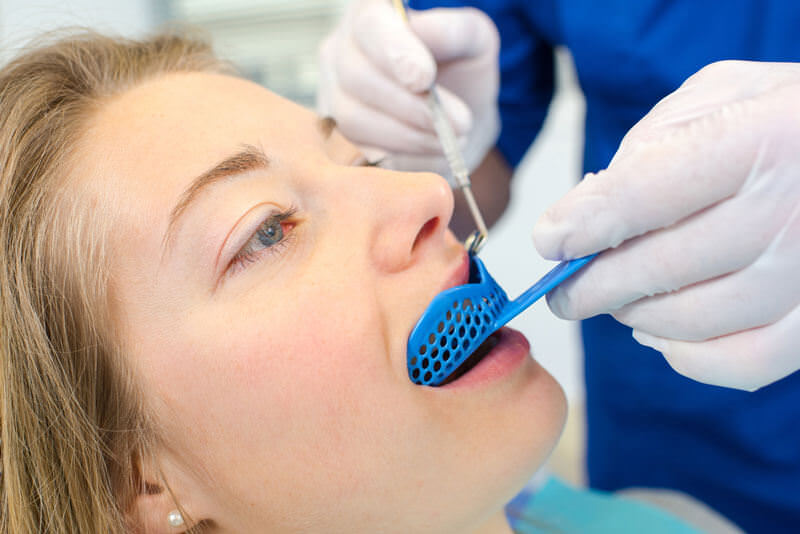If you are looking into snoring aids, it can only mean two things – either you or someone close to you, perhaps your spouse or partner, is a heavy snorer. You are also aware that snoring is not just an inconvenient “habit” or something that simply makes you a bit embarrassed. You know very well that snoring makes you feel lousy, especially in the morning, and that because of your snoring you spend your days tired, even exhausted, lacking energy and stamina. This is because your sleep cycles are disturbed by the problems related to breathing in your sleep and that’s basically what snoring is.
But let’s go back to our subject here, which is the difference between the two most common and the most effective types of snoring aids – MAD and TRD. These abbreviations probably mean nothing to you just yet but bear with us, as we will clear up everything soon.

What is a MAD?
A MAD, or Mandibular Advancement Device, is probably the most popular type of snoring aid. The reason for its popularity certainly does not lie in the visual appeal of this aid, nor in the comfort it provides you. No, MADs are definitely not pretty and they are certainly not comfortable, at least in the beginning. But, they are popular because most of the time they actually work.
So how exactly does a MAD work? As its name suggests, it changes the way you hold your jaw (mandible) in your sleep. Sometimes when a person sleeps, especially on the back, his or her jaw drops and falls back, which causes the tongue to fall back too and obstruct the airway. It is this restricted air flow that produces snoring. A mandibular advancement device works by keeping your lower jaw in the forward position and prevents it from falling backwards.
It may be the neutral position or a slightly protruding one, whichever works best against your snoring. Most MADs need to be molded or fitted to your teeth and jaw, which assures maximum comfort and efficiency against snoring, and some models can even be adjusted by moving the lower tray forward along in small increments. Some MADs also have hinges, which allows for more flexibility in terms of moving the jaw and opening and closing your mouth.
What is a TRD?
A TRD (Tongue Retaining Device) or a TSD (Tongue Stabilizing Device) is also a very popular type of snoring aid. Some people actually prefer TRD to MAD because it does not involve jaw and teeth soreness and misalignment. A TRD is usually made of silicone of very soft plastic and it has a bulb on one end, where you place the tip of your tongue. When the bulb is squeezed and released, it creates suction, which pulls the tongue forward, out of your mouth, and keeps it that way.
With the tongue continuously held in the forward position, it cannot fall back in your mouth and close or restrict the airways. Again, like with MAD, the airways remain open and free flow of air means no snoring. Like other mouthpieces, TRD also requires some getting used to, especially because it’s not uncommon for your tongue to feel a bit bruised in the beginning. Drooling and dry mouth are also common side effects.
In general, TRDs do not require any fitting or molding and most manufacturers offer “one size fits all” models of this device. Some TRDs have breathing holes and those are the only devices that allow you to breathe through your mouth as you sleep. Other types, with no holes, are meant only for people who have no issues with breathing exclusively though their nose.
Key Differences
- MAD works by holding your jaw in a forward position while TRD pulls your tongue forward
- MAD may cause jaw and teeth shifting, soreness and pain while TRD may cause tongue soreness and drooling
- You can breathe through your mouth with most MADs, but only TRDs with holes allow for this
- MADs are generally not suitable for people with a full set of dentures while most TRDs are okay
- MAD can help with bruxism (teeth clenching and/or grinding) while TRD cannot
- MADs need to be fitted, TRDs are designed to fit almost everyone
- MADs can be adjusted and further customized for maximum efficiency, TRDs cannot.